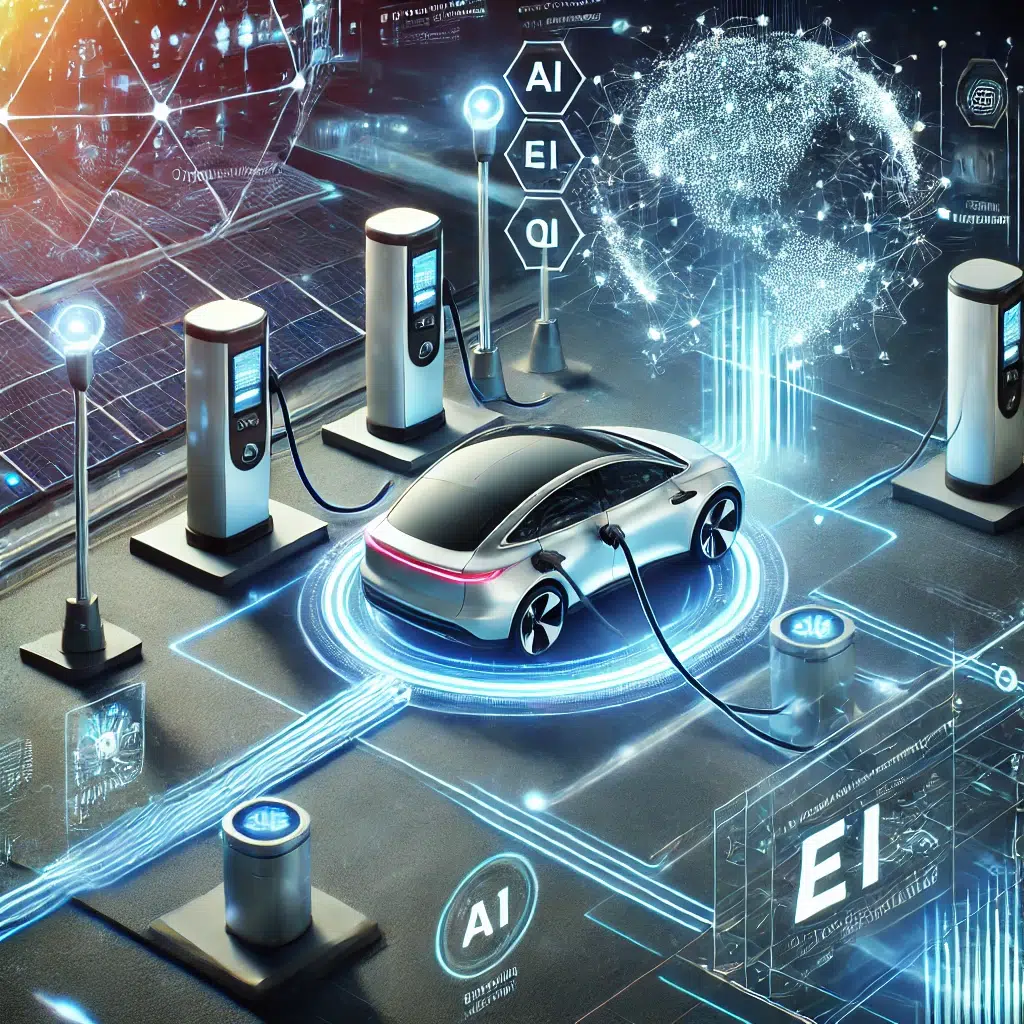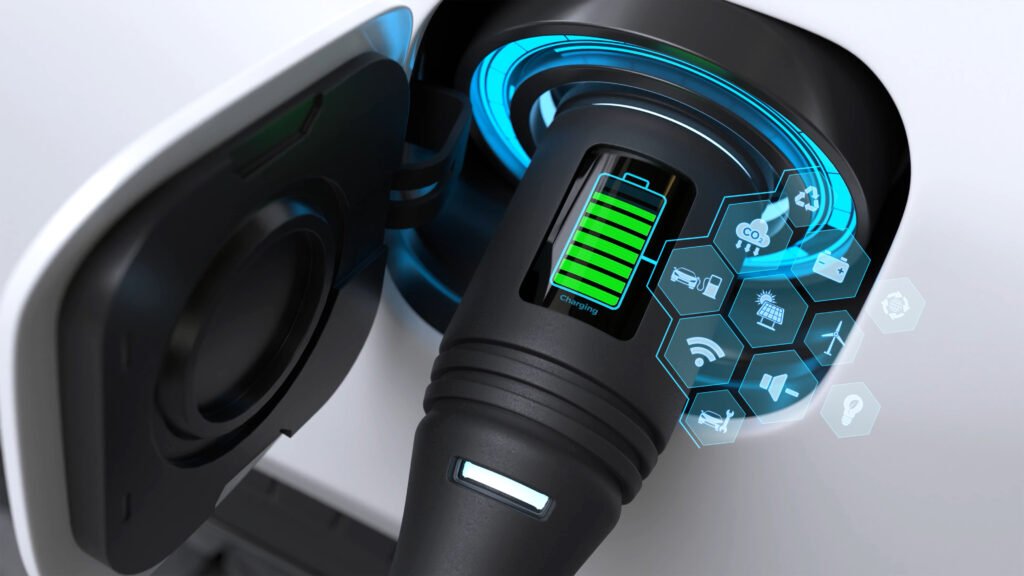The Smartest Way to Charge Your Fleet
As businesses electrify their fleets, managing multiple EVs efficiently becomes a challenge. That’s where AI-driven charging steps in — using machine learning, telematics, and real-time data to optimize every charging decision.
In this post, we explore how AI is transforming EV fleet management in 2025 — and what that means for efficiency, uptime, and ROI.
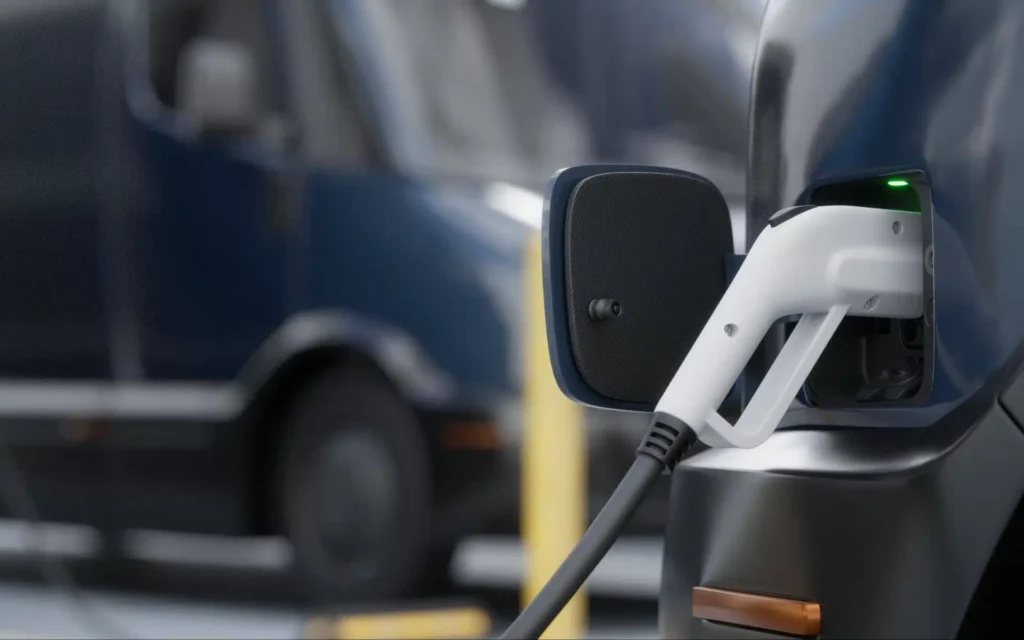
What is AI-Driven Charging?
AI-driven charging is the use of artificial intelligence to:
- Schedule optimal charging times
- Balance grid load across fleet vehicles
- Minimize energy costs
- Predict vehicle range and maintenance needs
It goes far beyond timers and apps — it’s data-led, real-time, and fully automated.
Key Technologies Behind the System
- Machine Learning Algorithms
- Telematics Integration (OBD, CAN bus)
- Energy Management Systems (EMS)
- Cloud-based Fleet Management Platforms
Platforms like Geotab, ChargePoint Fleet, and AMPLY Power lead the 2025 market.
Benefits for Fleet Operators
| Benefit | AI Impact |
|---|---|
| Reduced electricity costs | Off-peak charging optimization |
| Higher vehicle uptime | Smart scheduling & preventive maintenance alerts |
| Grid-friendly behavior | Smart throttling and V2G integration |
| Predictive analytics | Charge forecasting and battery lifespan modeling |
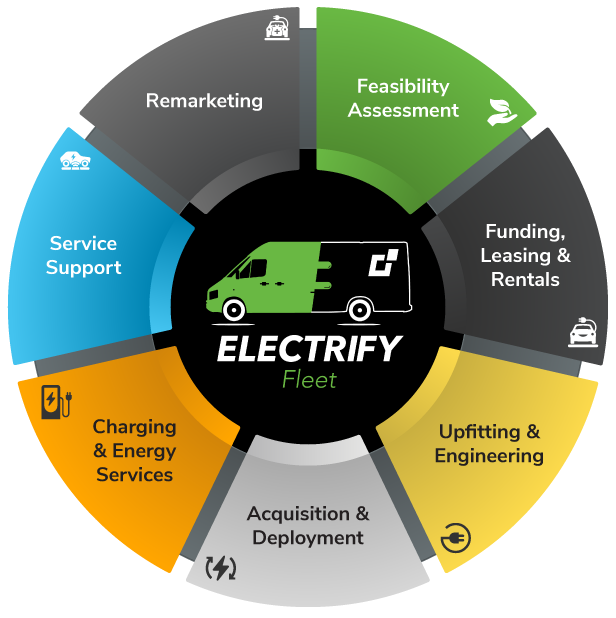
Real-World Example
Amazon Delivery Fleet (2025):
Uses AI to:
- Prioritize vehicle charging by route length
- Sync with solar microgrids at depots
- Avoid demand charges by charging at 2–5 AM
Result: 20% energy savings + 15% improvement in uptime
Industries That Benefit Most
- Logistics and delivery
- Municipal transit (e-buses)
- Utility service fleets
- Rideshare and taxi operators
- Rental car agencies
FAQ
Q: Can small fleets use AI charging?
Yes — many tools offer scalable plans for 5 to 500 vehicles.
Q: Does it require special chargers?
No, but smart chargers with OCPP protocol are recommended for full functionality.
Q: What about cybersecurity?
Modern platforms use encrypted cloud storage and access controls to ensure safety.
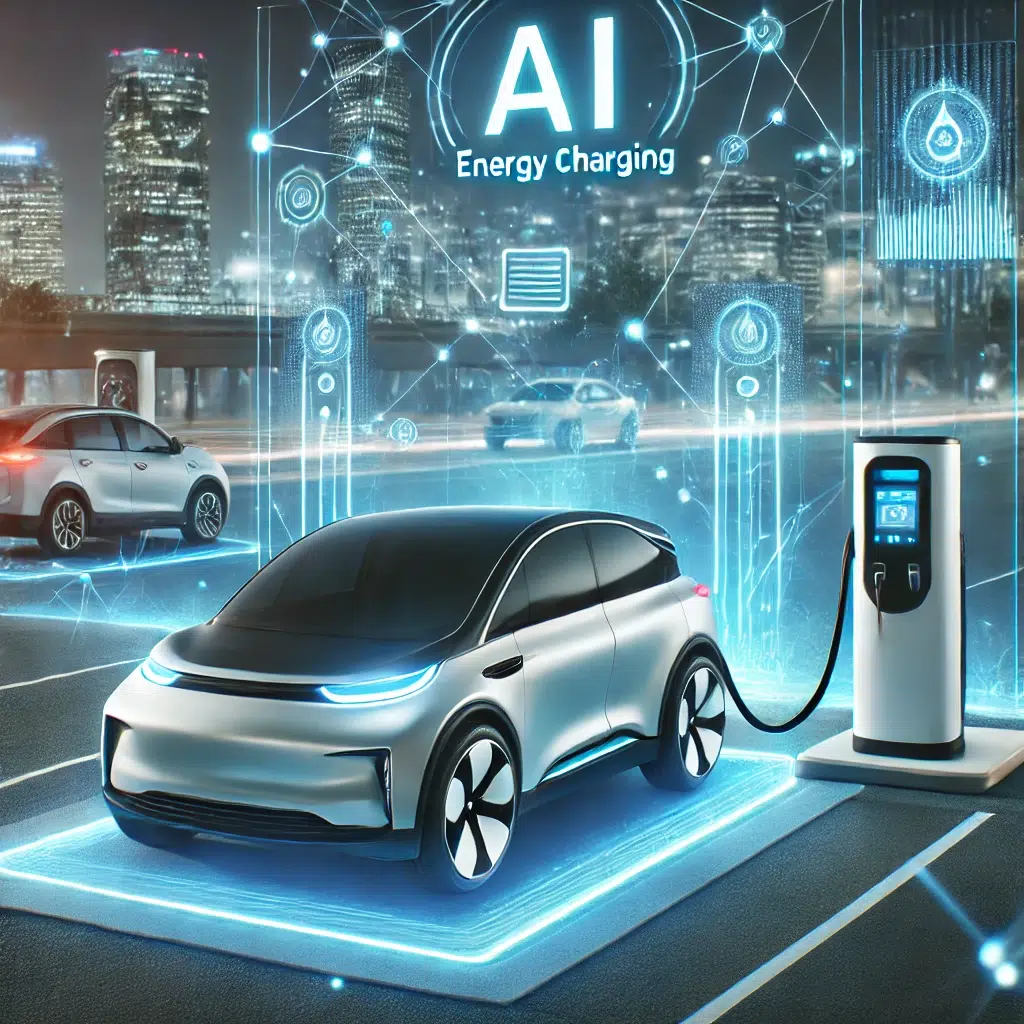
Final Thoughts
AI-driven EV charging is no longer a “nice-to-have” — it’s a competitive advantage for fleet operators in 2025. It maximizes ROI, minimizes downtime, and keeps vehicles — and the grid — running smoothly.
Explore next:
- Smart Grid EV Charging: A Utility-Scale Overview
- Predictive Charging: Reducing Grid Stress with Smart Data
- How Energy Companies Are Shaping EV Infrastructure
Subscribe to VoltDriveHub for fleet innovation guides and AI charging insights.

